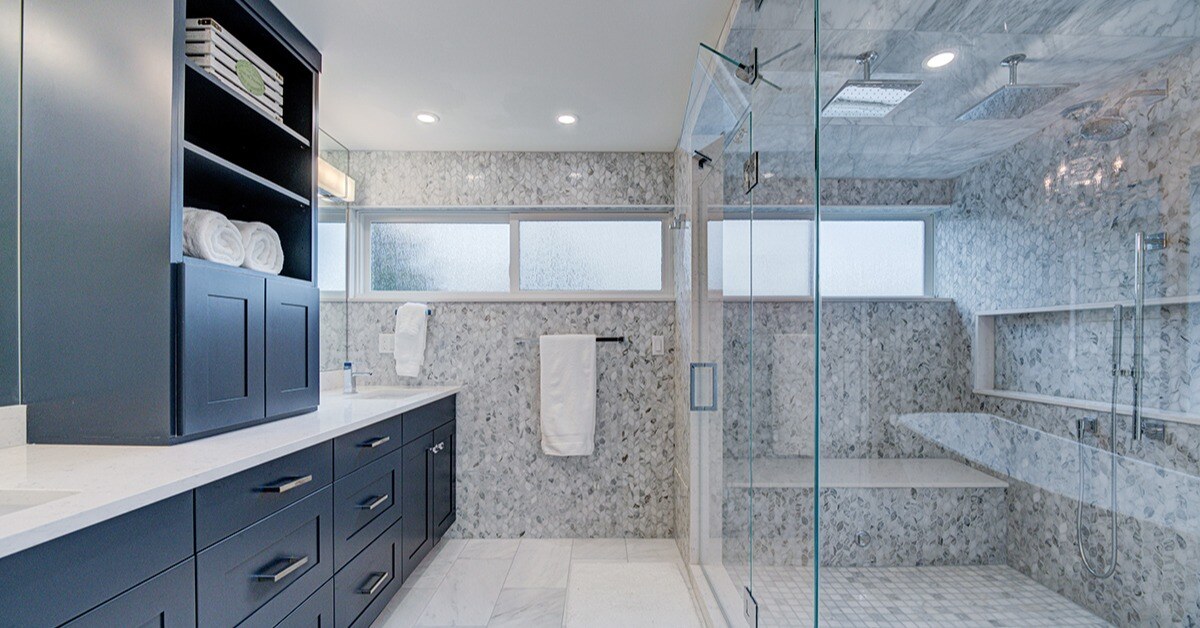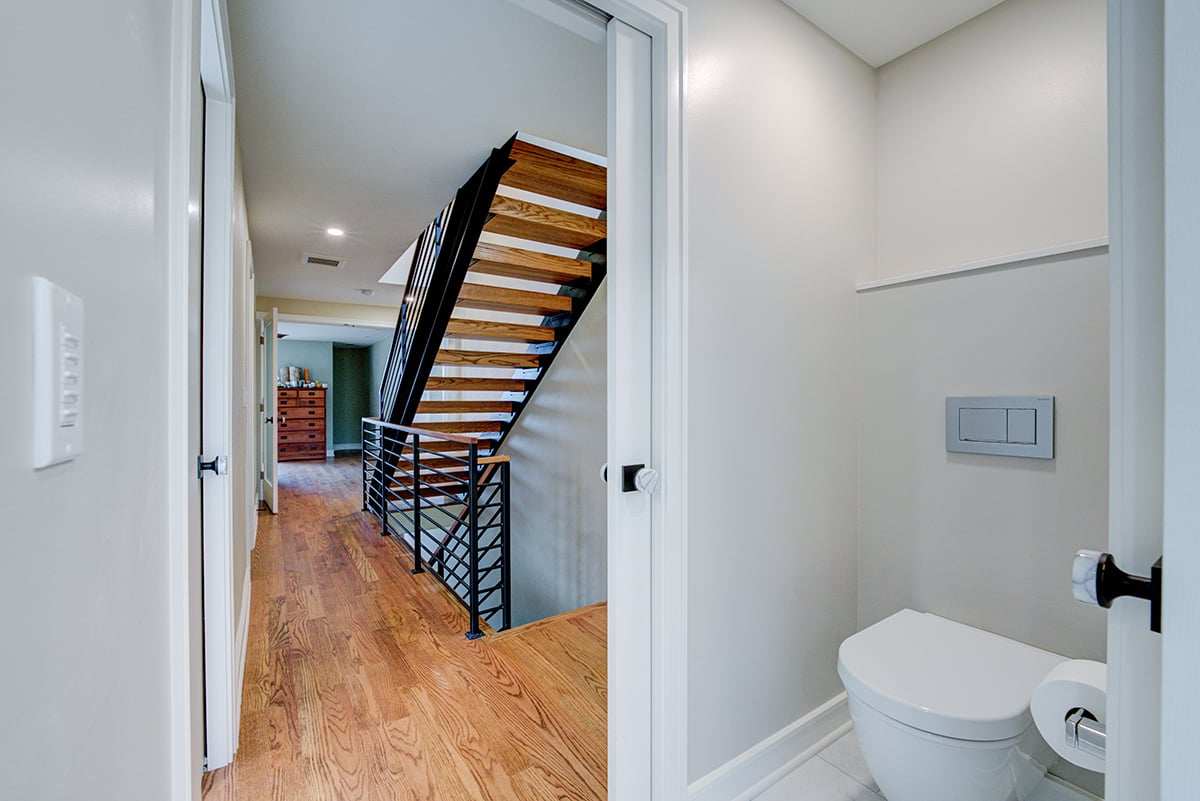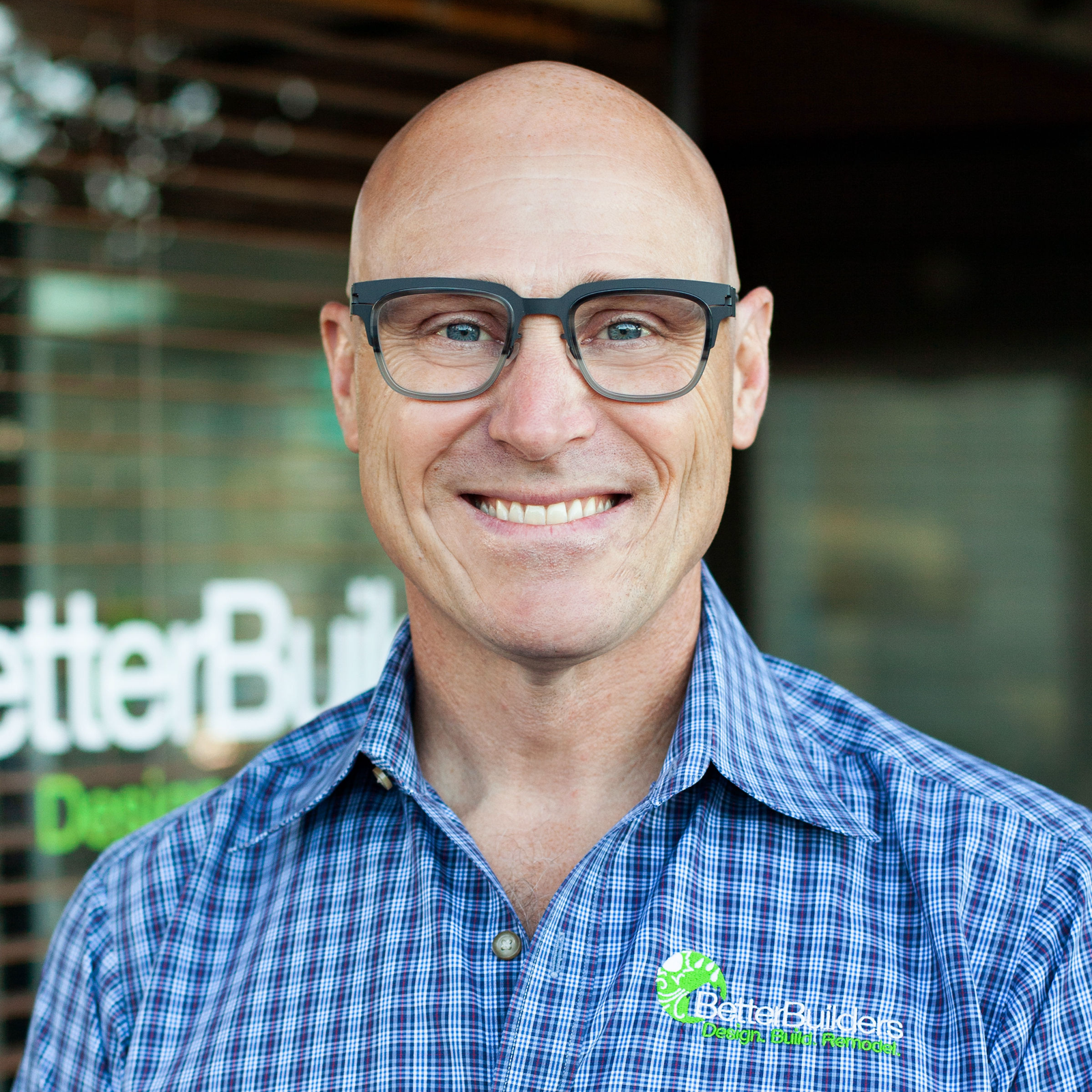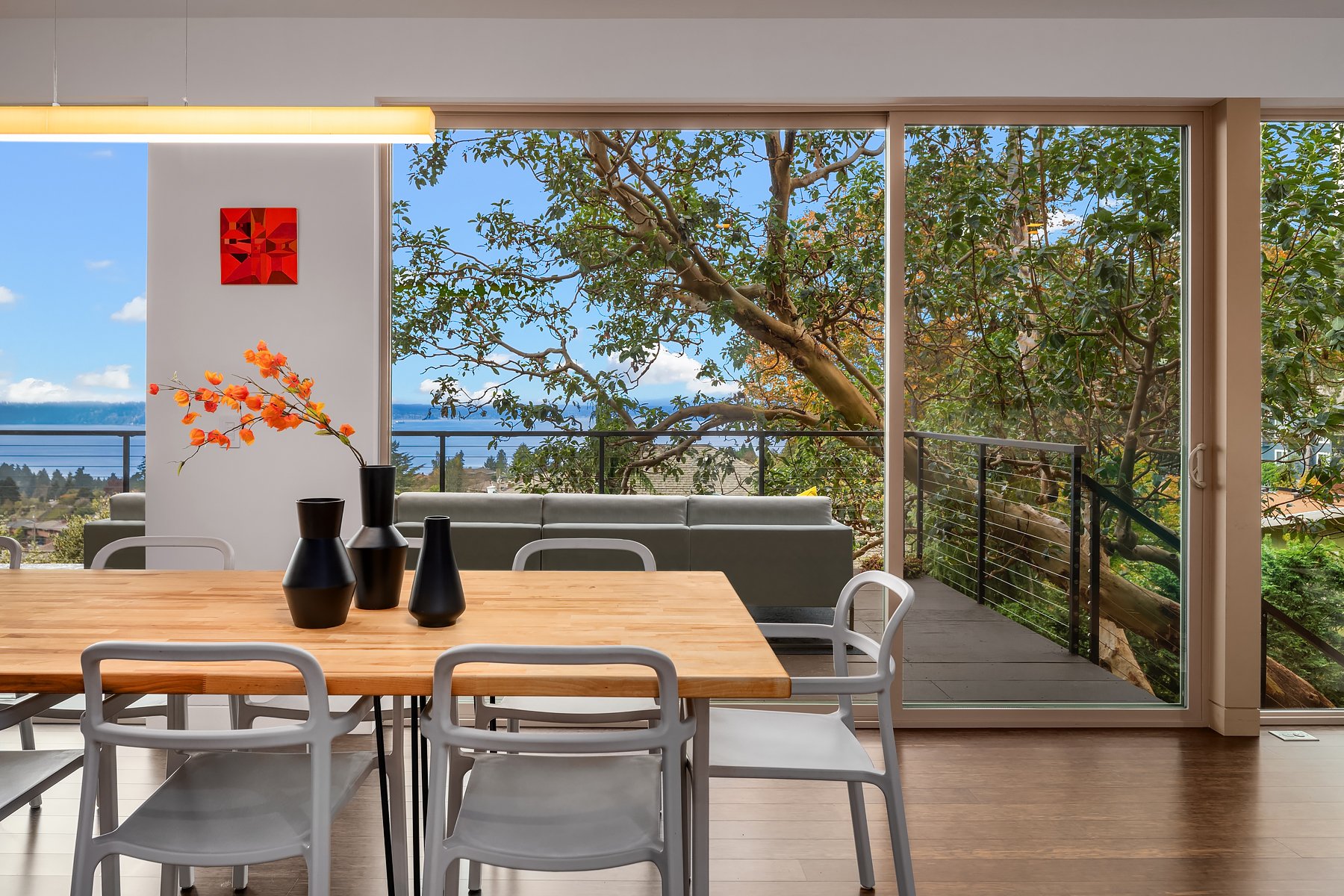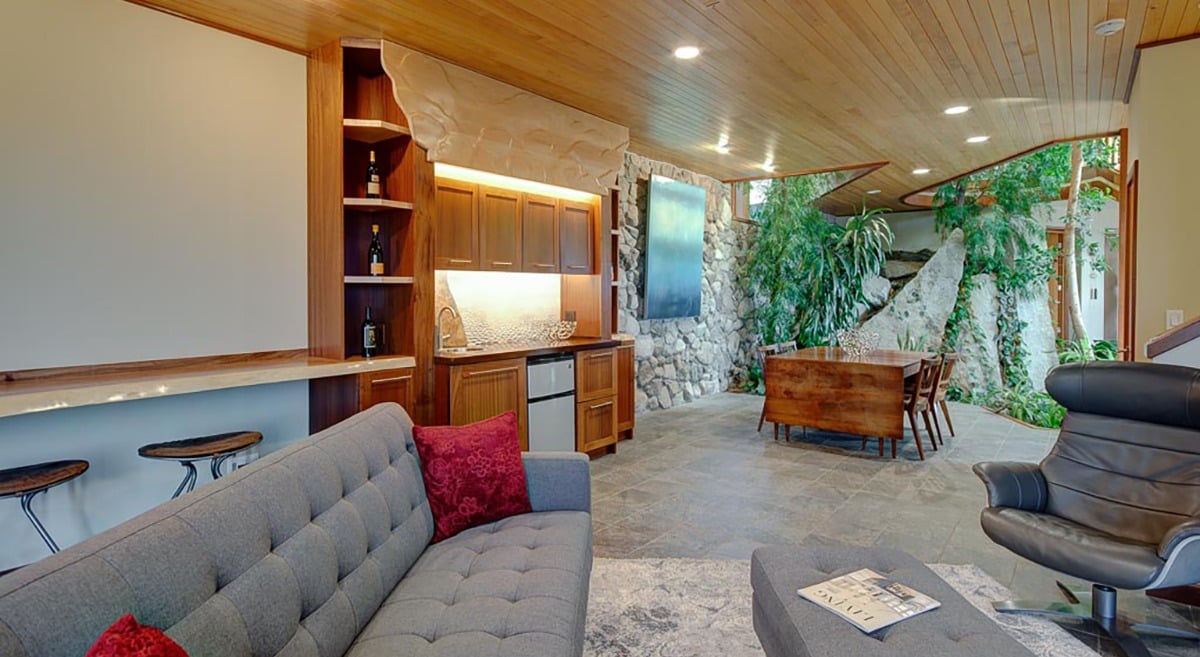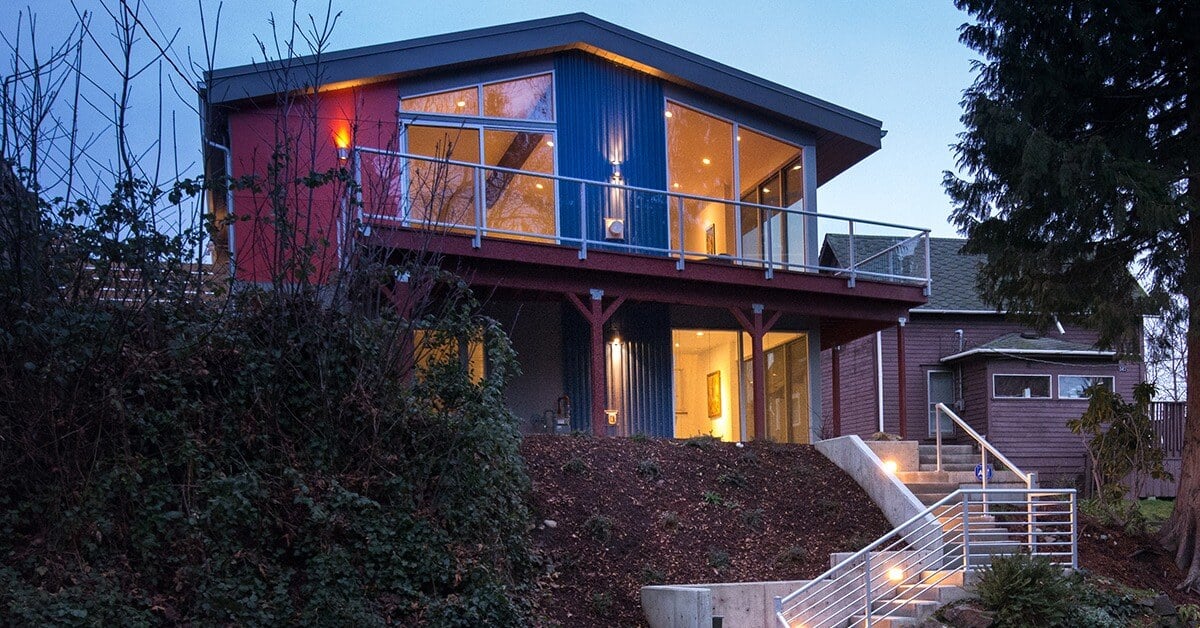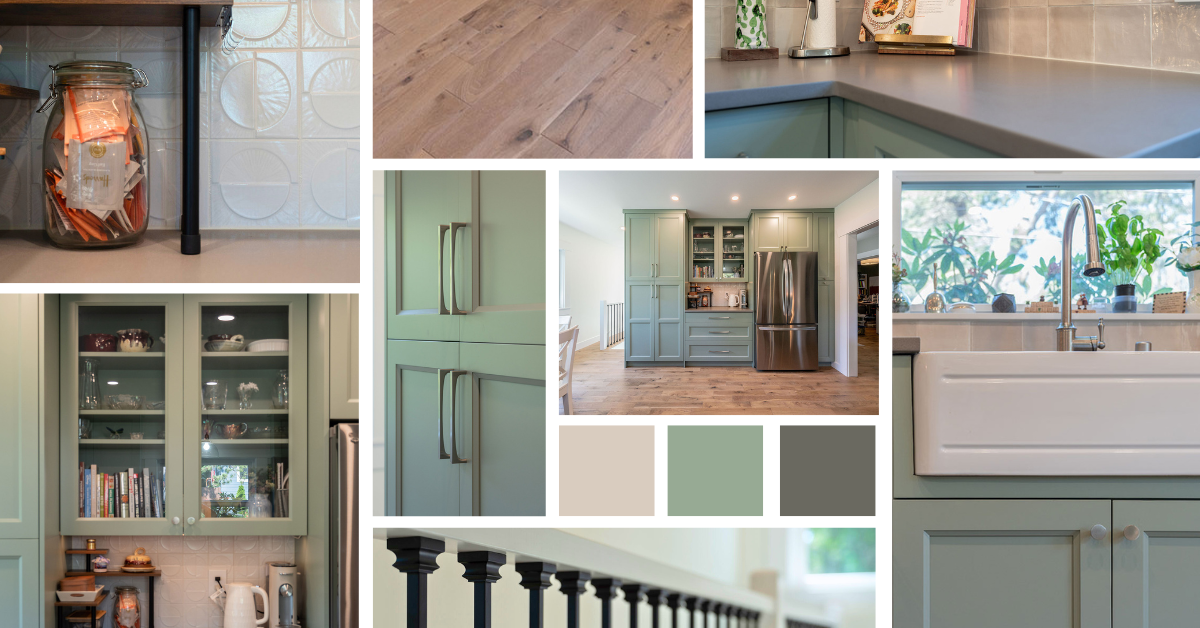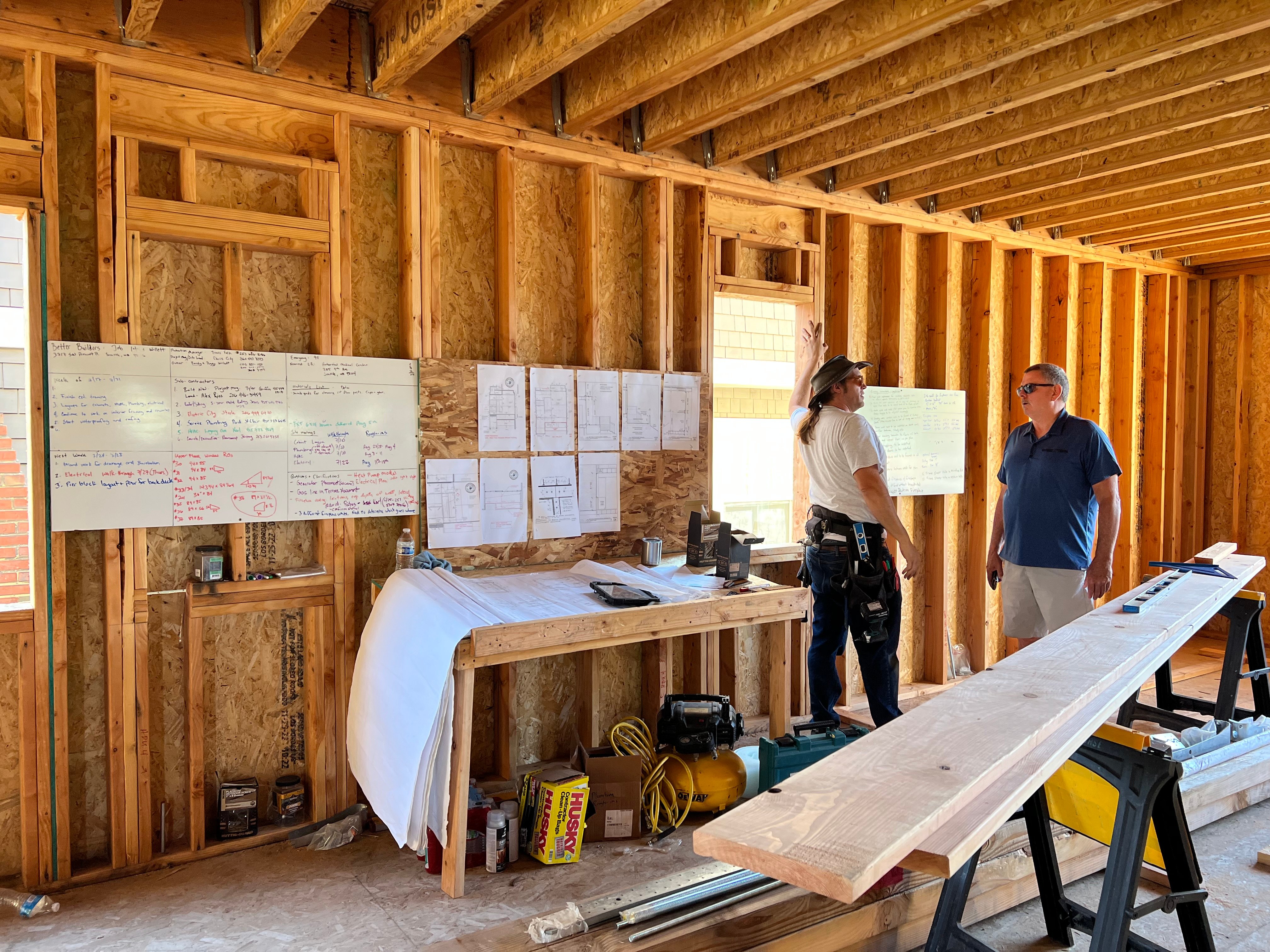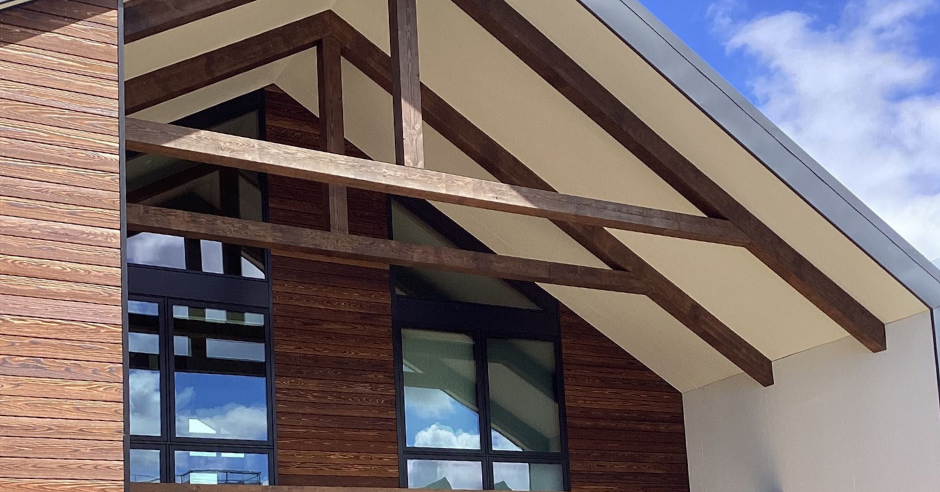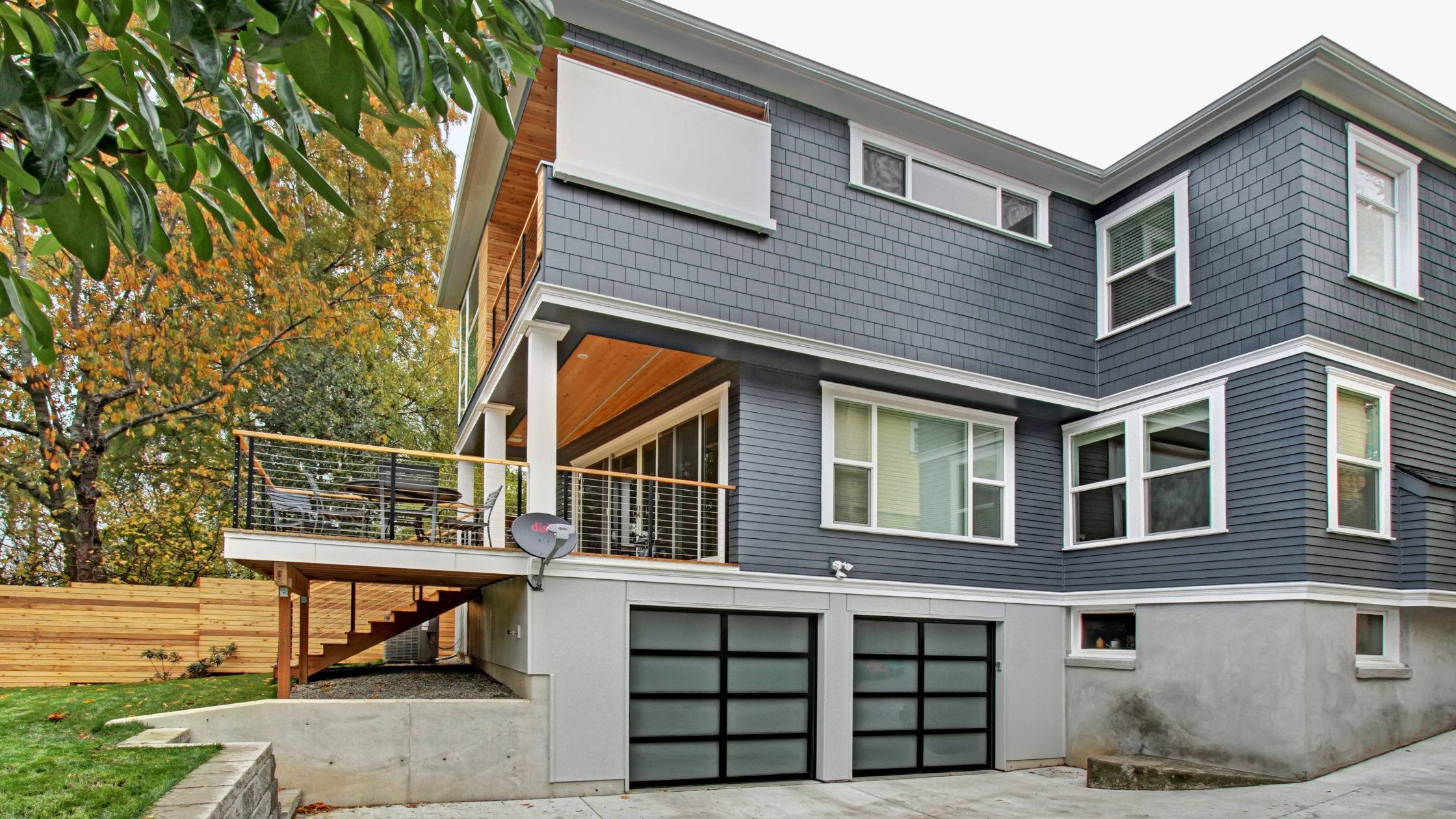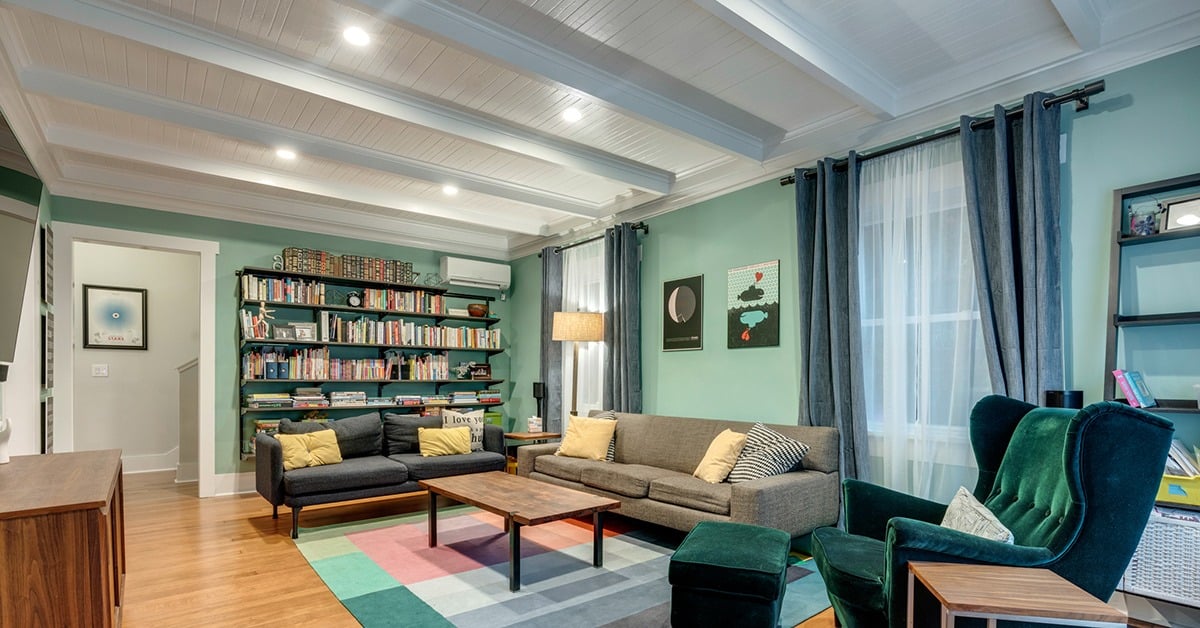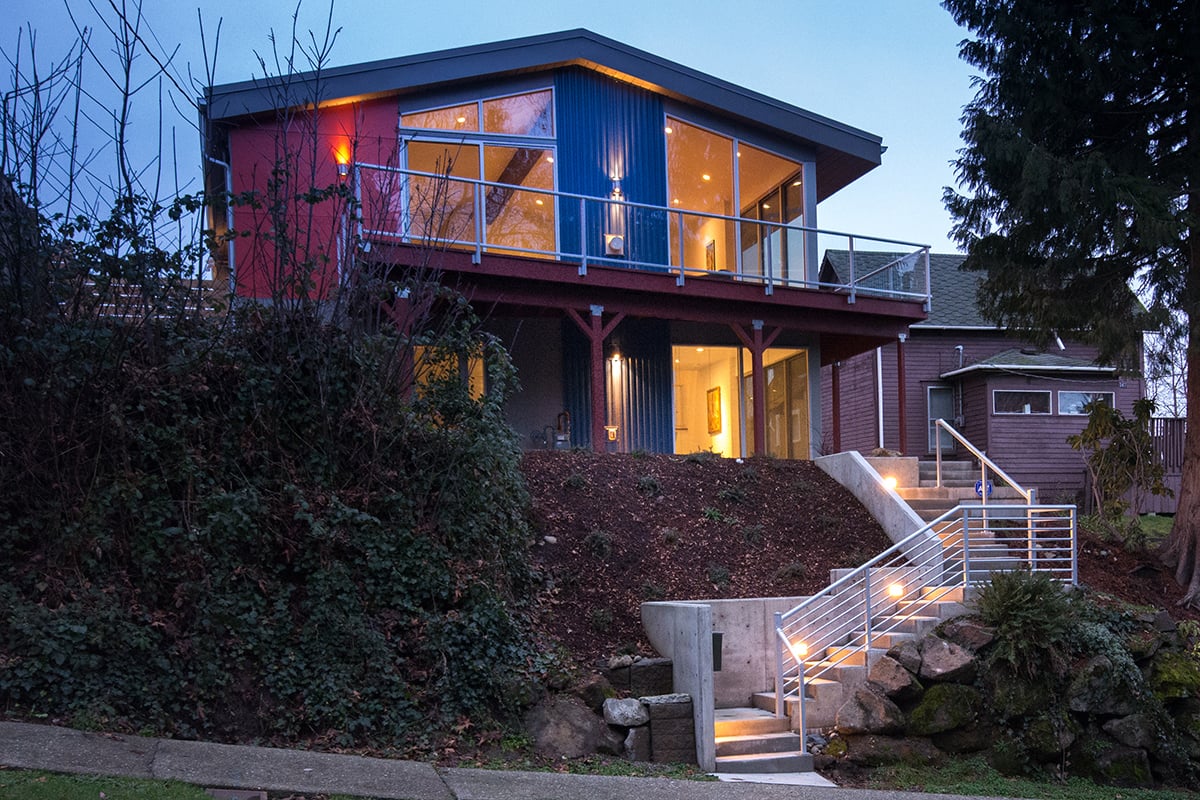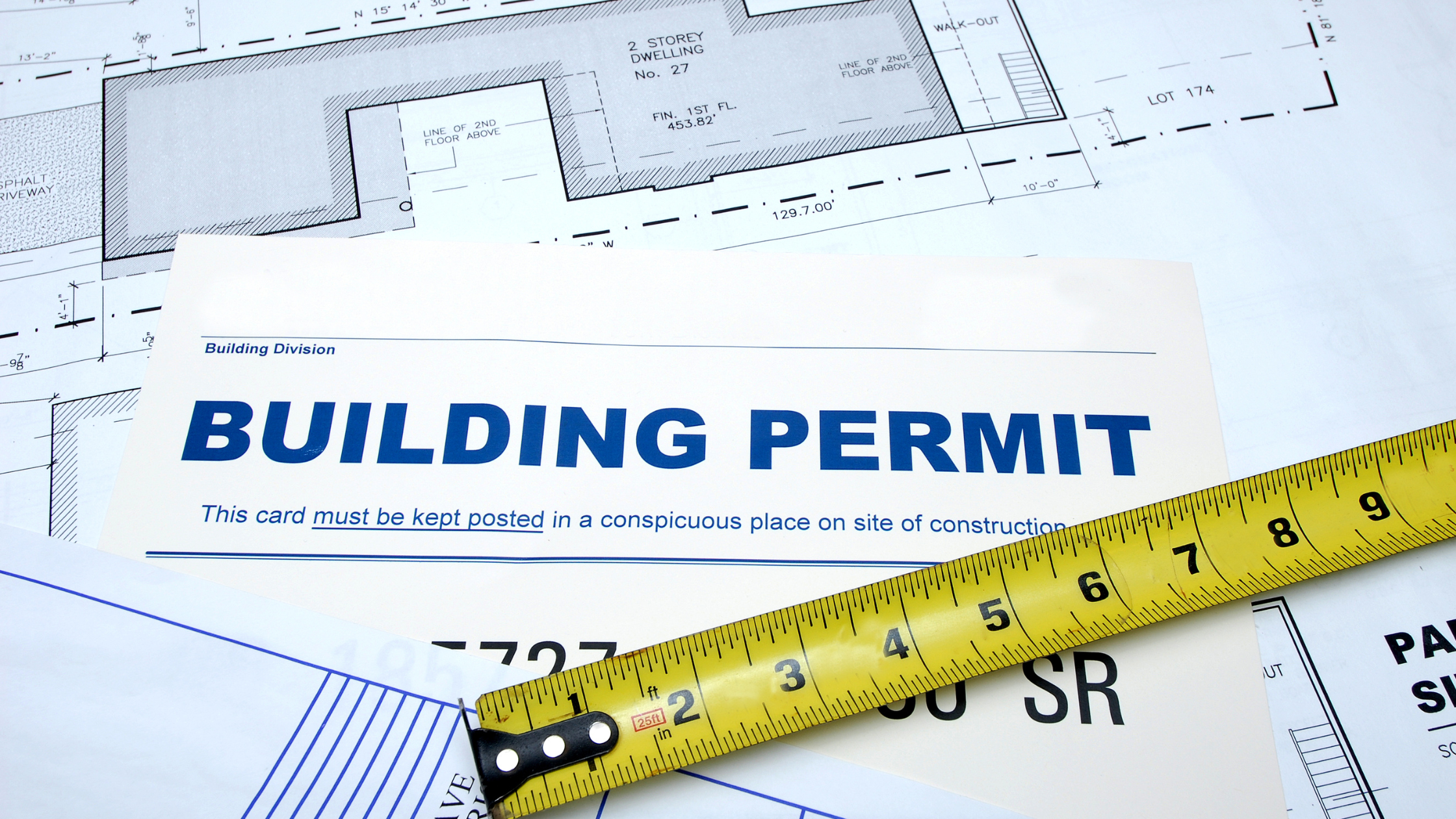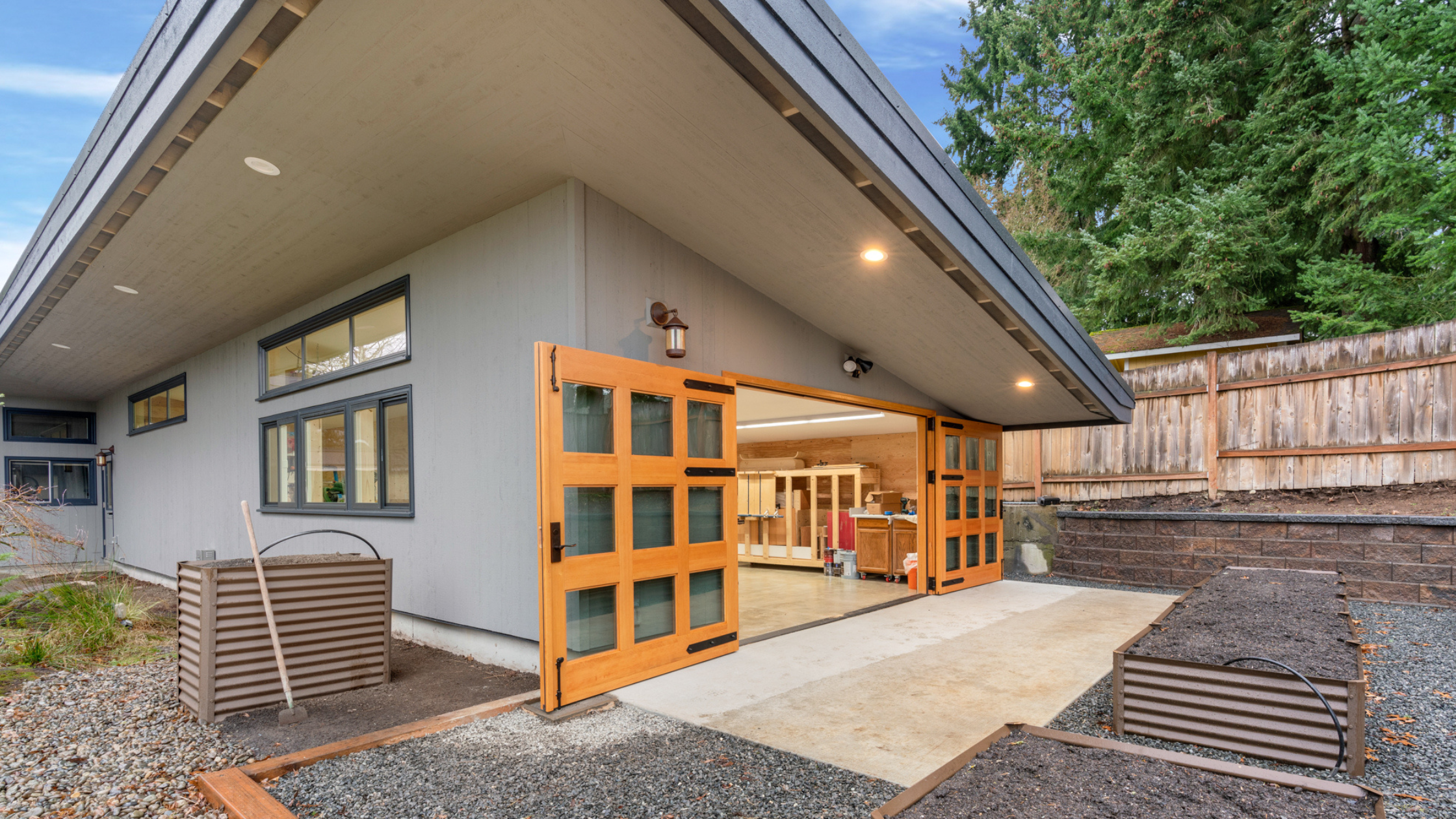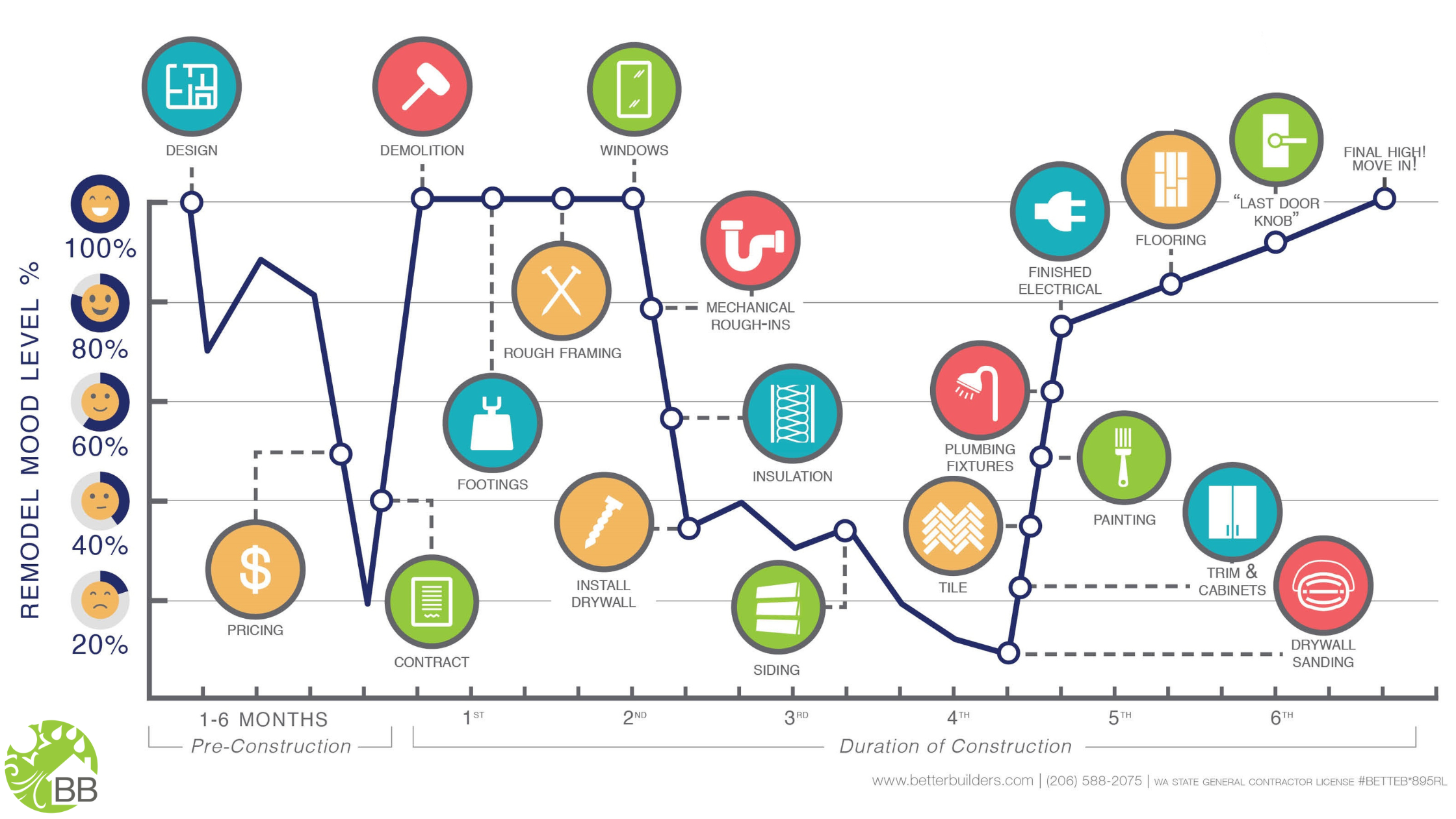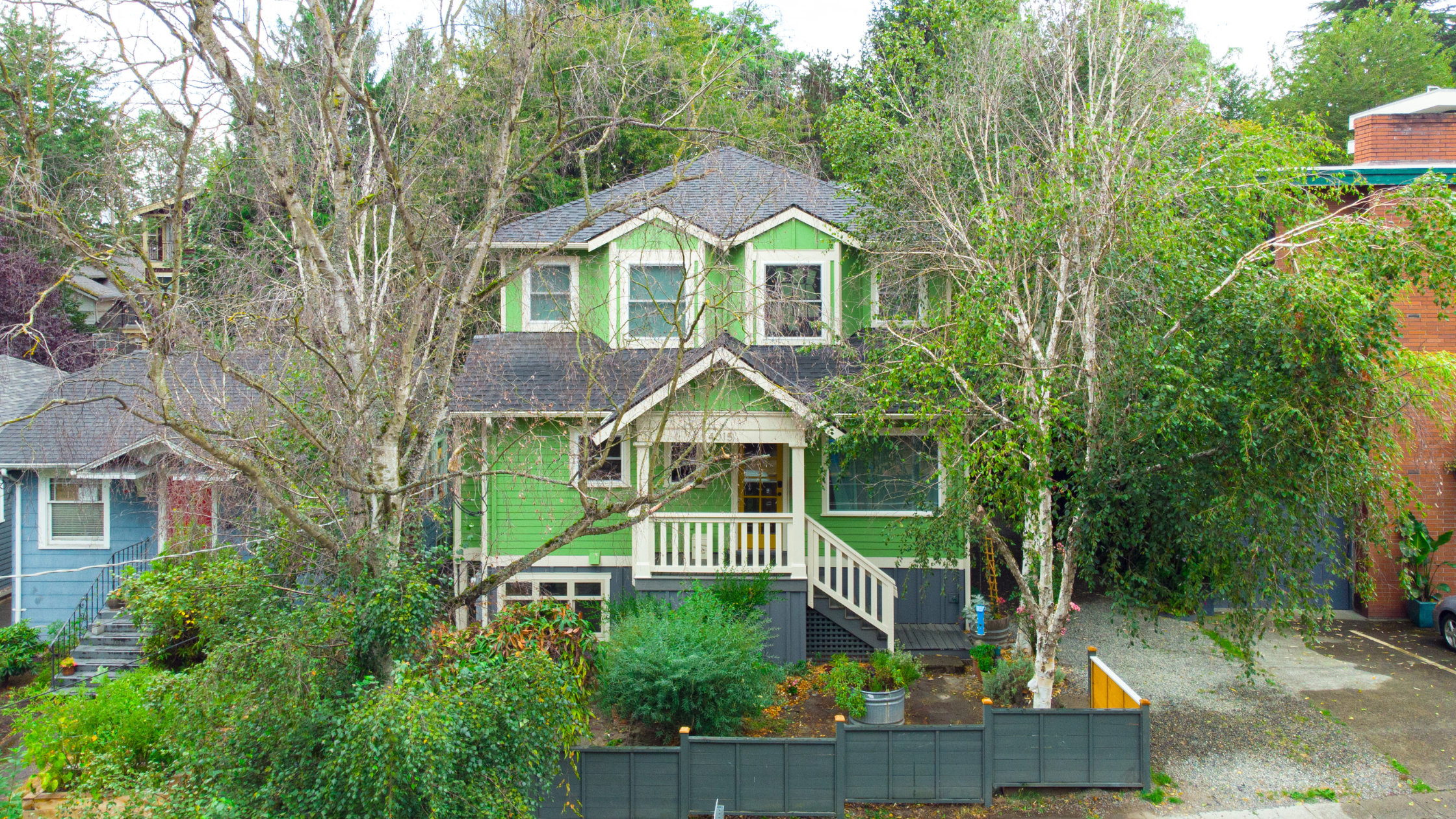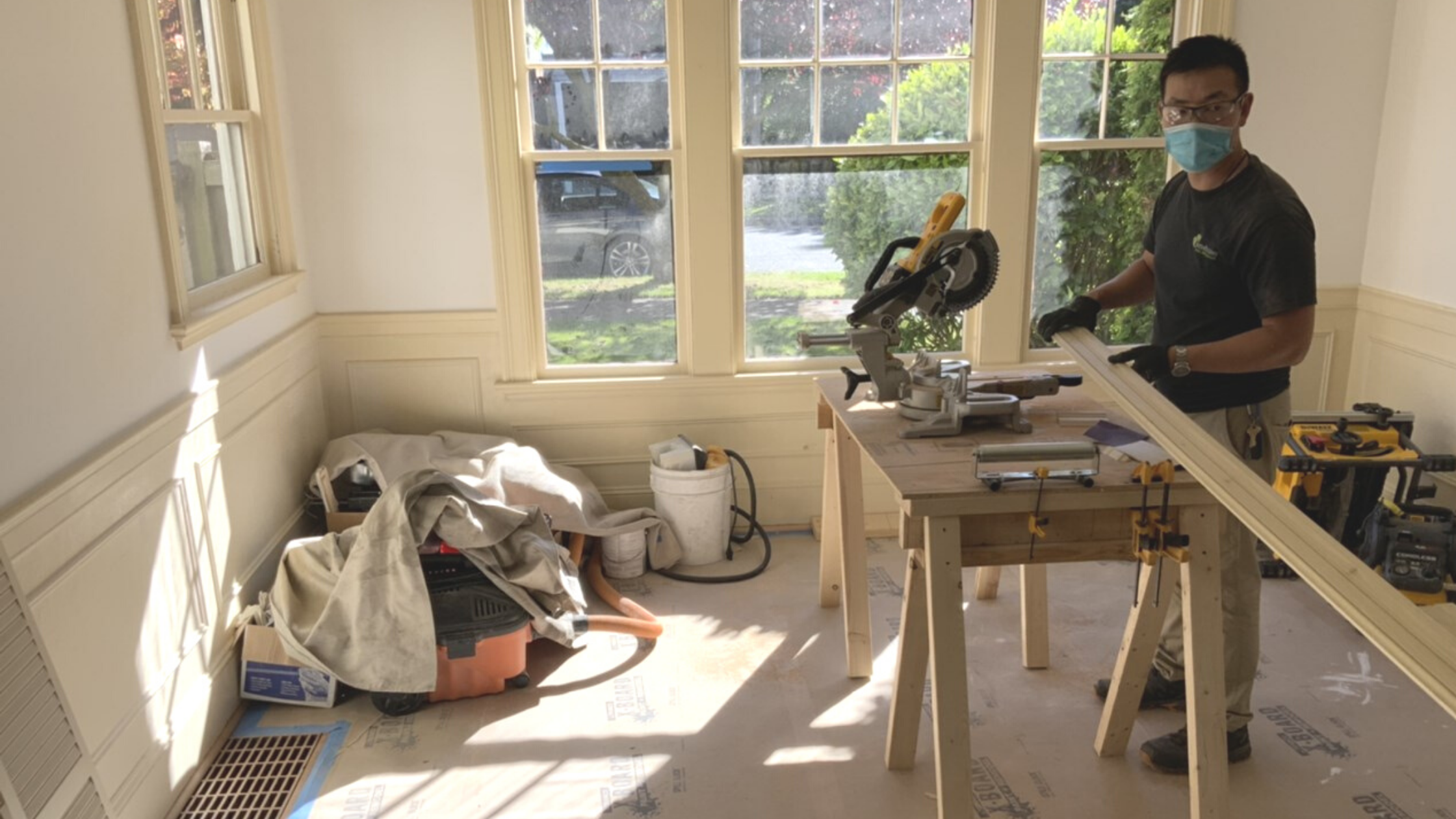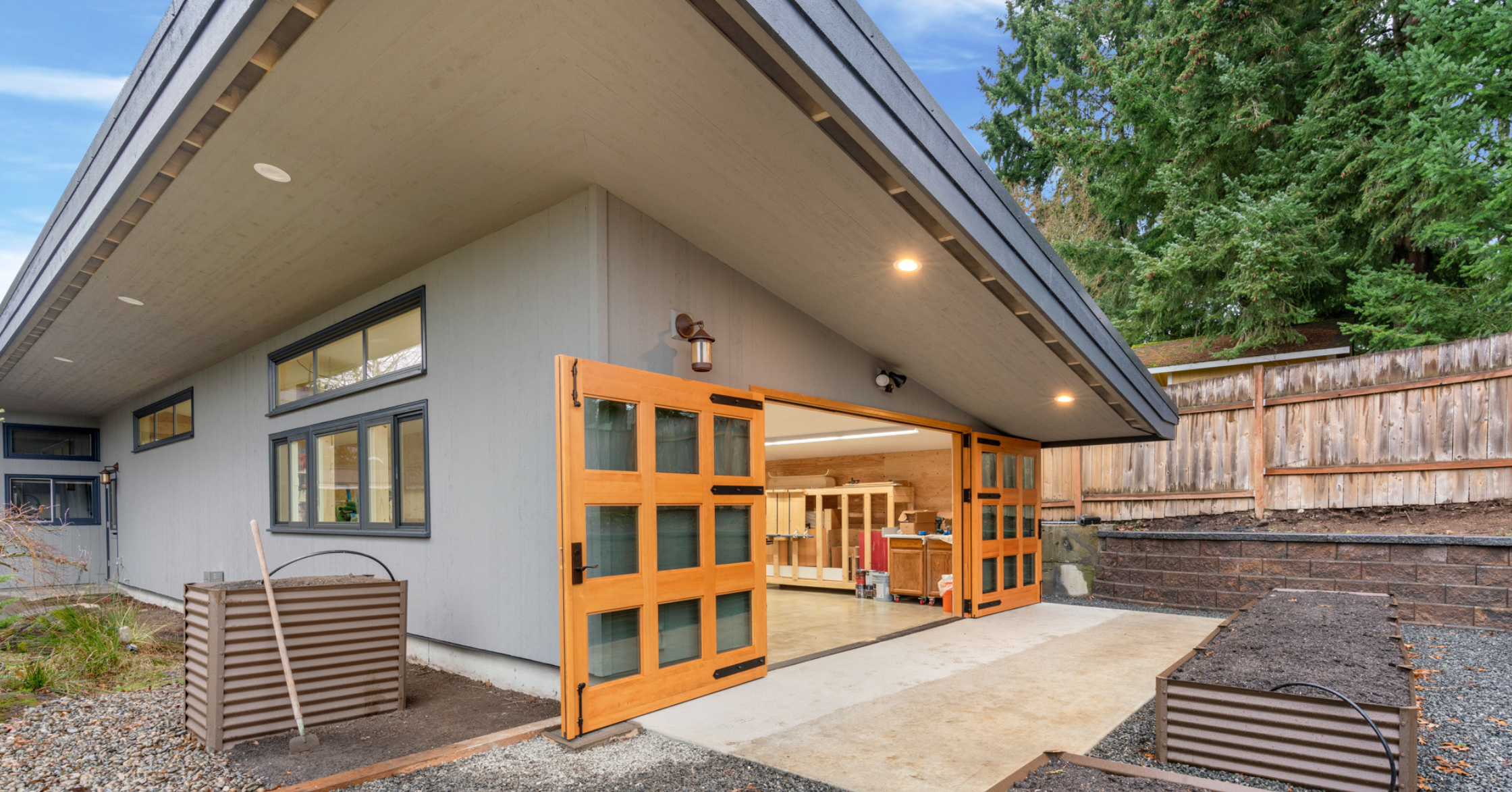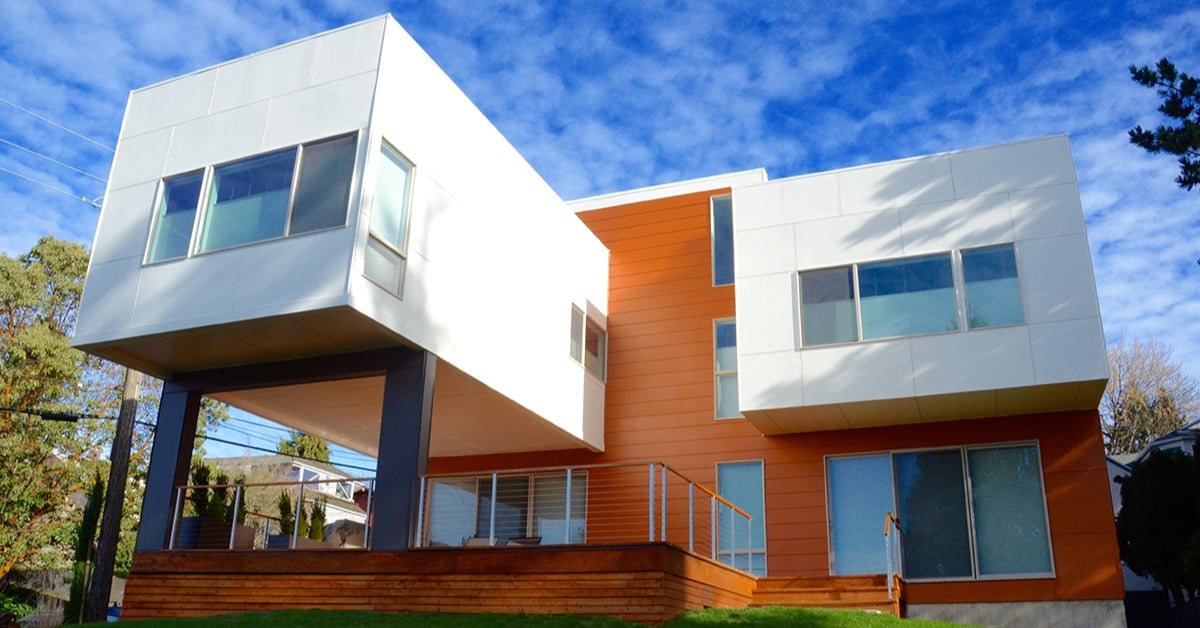Why Now Is the Best Time to Invest in Your Happiness at Home
Let me tell you a story about Bill’s bathroom.
Bill’s home was built in 1990, and let’s just say the bathroom… stayed in 1990. Brass fixtures, carpeted floors (yes, carpet in the bathroom), a jacuzzi tub that took up half the room but never got used. It was the kind of space that made you roll your eyes every morning. His sink was tucked in a tight little nook where you couldn’t even blow dry your hair without elbowing the wall. And there was no door—just a staircase that led directly into the “open-concept” primary suite bathroom. It's not exactly the private oasis you dream of.
Every morning was a dance: staggered schedules, awkward maneuvering, and frustration. And laundry? It was a full workout—two flights down with heavy baskets, then back up again. It was more than just inconvenient. It was exhausting.
Fast forward to today: Bill’s bathroom is now a modern, luxurious retreat. A 60” x 72” steam shower with multiple showerheads. A private water closet. Dual vanities. A sleek, wall-hung dual-flush toilet for easy cleaning. Timeless materials like marble floors and quartz counters. Warm, radiant heated tile. Natural light with privacy-preserving blinds. And—finally—a washer and dryer upstairs. It’s efficient. It’s beautiful. It’s joyful.
So why am I telling you about Bill? His story is about finally investing not just in his home but in his quality of life. And if you’re even thinking about a remodel… let me be clear: it will never be less expensive than right now.
The Real Cost of Waiting to Finance Your Remodel
With inflation, material costs, and labor rates consistently rising, waiting even 6–12 months can add thousands—sometimes tens of thousands—to your project. And if you're relying on the market to fund your remodel, the truth is that the longer you wait, the riskier it becomes.
Imagine spending months designing your dream space—getting excited, picking materials, envisioning your mornings in your new steam shower—only to find out your portfolio dipped and you can’t afford it anymore. It’s not just disappointing. It’s heartbreaking.
That’s why you want to pull money out early—during the design phase, not after. Knowing your budget early ensures that the design and your financial capacity are in sync from the start, whether it's cash, a HELOC, or a bank loan. A good design-build firm will help you get the detailed documentation banks want so your financing process moves quickly and smoothly.

Image above: Bill's bathroom before the remodel.
Financing Options for Your Home Renovation
Choosing the best way to finance your home renovation can feel complex, but with the right planning, homeowners have a variety of options to make their vision a reality. Whether you're refreshing a single space or taking on a full-scale remodel, the right financing strategy can make all the difference. Below, we break down several smart ways to fund your renovation—so you can focus on creating the home you’ve always wanted.
1. Cash
Cash is king—and for good reason. It’s the most straightforward way to fund a home renovation project: no loan applications, no interest rates, no fees, and no waiting on bank approvals. If you have the funds available, paying with cash gives you full control over your project timeline and budget, allowing you to move quickly and make decisions without financial red tape.
Beyond its convenience, using cash to invest in your home can be a financially sound decision. Unlike the stock market, which is susceptible to fluctuations, your home is a tangible, appreciating asset—especially in Seattle’s competitive housing market. A well-executed remodel not only enhances your daily living experience but also contributes to long-term property value. In many cases, it’s a more secure investment than equities or mutual funds.
Don’t overlook the power of family support. If a loved one is in a position to gift you funds for your remodel, it can be a meaningful contribution toward a space you’ll enjoy for years to come.
While paying in cash has clear advantages, it’s equally important to make sure it doesn’t compromise your overall financial well-being. Dipping too deep into savings can leave you vulnerable to unexpected expenses down the road—whether it’s a medical emergency, job change, or future investment opportunity.
Speaking with a trusted financial advisor can help you assess the impact of using cash versus exploring home improvement loan options. A professional can walk you through the pros and cons, offer personalized insights based on your goals, and help you make a decision that supports both your renovation and your long-term financial security.
 Image above: Bill's bathroom after the remodel.
Image above: Bill's bathroom after the remodel.
2. Home Equity Line of Credit (HELOC)
If you’ve built up equity in your home, a Home Equity Line of Credit (HELOC) can be a smart and flexible way to finance renovations—especially those that unfold over time. Instead of dipping into your savings or cashing out investments, a HELOC allows you to borrow against your home’s value and access funds as needed.
What’s great about it?
-
A HELOC works like a revolving line of credit, similar to a credit card—you’re approved for a certain amount but only borrow what you need when you need it.
-
HELOCs are secured loans, meaning your home is used as collateral. This results in rates that are often significantly lower than unsecured personal loans or high-interest credit cards.
-
One of the biggest advantages of a HELOC is that you only pay interest on the amount you use, which can make managing costs easier during a longer-term or phased home renovation.
-
Lenders won’t let you borrow more than your home’s equity allows, which can help reduce the risk of overextending your budget.
But there are a few things to watch out for and consider:
-
Before a lender greenlights a HELOC, they'll usually want a fresh look at your home's current value with a home appraisal. Additionally, expect to share your financial details: income statements, credit history, and your debt-to-income ratio. While it’s not as involved as getting a full mortgage, a HELOC still isn’t instant. Between the paperwork and approval steps, it can take a few weeks—longer than grabbing a quick personal loan or swiping a credit card.
-
Most HELOCs have rates tied to current mortgage trends. While this can work in your favor when rates are low, it also means your monthly payments could increase if rates rise.
-
Because your house backs the loan, failure to repay could put your property at risk. It’s essential to plan carefully and borrow responsibly. This is the most significant consideration.
3. Construction to Permanent Loan (C2P)
If you recently bought a home with minimal equity—say, a $500K fixer-upper, even though you were approved for a $1M loan—you may still have borrowing potential. A construction-to-permanent (C2P) loan lets you finance both the purchase price and the renovation costs in one convenient mortgage. Rather than applying for a separate loan down the road, you can bundle everything upfront—often at a lower overall cost than refinancing or using a personal loan later.
What Is a Construction-to-Permanent Loan?
A C2P loan is designed for large-scale renovation projects. It begins as a construction loan, giving you access to funds as your project progresses. Once the work is complete, the loan automatically converts into a traditional mortgage backed by the updated value of your home.
How It Works:
- Access funds during construction to cover labor, materials, and other expenses as needed.
- Appraisal at completion to determine the home’s new value.
- Automatic conversion to a permanent mortgage, with no need for a second closing.
Why Homeowners Choose It:
-
One loan, one process: This option simplifies financing with a single application, approval, and closing.
-
Built-in flexibility: You can often borrow more than your estimated renovation cost, providing a cushion for the unexpected.
-
Rate options: Some lenders let you lock in your interest rate at the start, while others allow you to wait until construction is done—giving you a chance to benefit if rates drop.
A Few Things to Consider:
-
Interest rate changes: If rates rise during construction, your permanent mortgage could cost more than expected. If they fall, you might lock in a better deal.
-
Loan qualifications: Your credit score, income, and assets will impact how much you’re eligible to borrow, so be prepared for a thorough review.
-
Closing costs: While streamlined, a C2P loan can come with higher upfront costs than a standard mortgage. Make sure you understand all associated fees before moving forward.
4. Personal Loan
If you have a trusted family member or friend who’s willing to help fund your home renovation, a personal loan between individuals can be a flexible and cost-effective financing solution. This kind of arrangement can offer advantages that traditional lenders often can’t match—like lower (or even zero) interest rates, relaxed repayment schedules, and less red tape.
Here’s why it can work well:
-
Unlike bank loans, there’s no lengthy approval process, credit checks, or underwriting.
-
You and your lender can work together to set repayment terms that suit both parties—such as deferred payments until the renovation is complete.
-
Without high interest rates or origination fees, a personal loan from someone you know can make your project much more affordable.
But proceed with caution: Money can complicate relationships—so it’s essential to treat this like any other legal and financial agreement. Even if you're borrowing from a parent, sibling, or close friend, you should:
-
Put everything in writing: Clearly outline the loan amount, repayment schedule, interest (if any), and what happens in case of default or delay.
-
Use a legal professional: Hiring an attorney to draft or review the agreement protects both sides and ensures there are no misunderstandings down the line.
-
Maintain transparency: Keep communication open throughout your renovation and repayment process to help preserve the relationship.
The Bigger Picture
Remodeling is more than just pretty tiles and updated fixtures. It’s about how you live.
It’s about coming home after a long day and loving the space you walk into. It's about making dinner in a kitchen you enjoy. It's about privacy when you need it, ease when you want it, and joy in the everyday moments.
Your home is your life—one of the safest places to invest your money. Unlike stocks, your home doesn’t vanish in a crash. Unlike short-term spending, the returns on your remodel last for decades.
Think long-term. Be long-sighted. You're not just building a bathroom, a kitchen, or a home office. You're building a better life every single day.
Whether you decide to use cash, a HELOC, or a personal loan—start the conversation with your design-build partner as soon as possible. The earlier you align your financing with your design, the smoother the process and the happier the outcome. And hey, if you’re ready to feel like Bill—stepping into your own private spa instead of squeezing into a carpeted closet—you know who to call.
Kickstart your dream renovation with our free eBook, The Homeowner’s Guide to Planning a Remarkable Renovation—your step-by-step roadmap to a smoother, smarter remodel.

